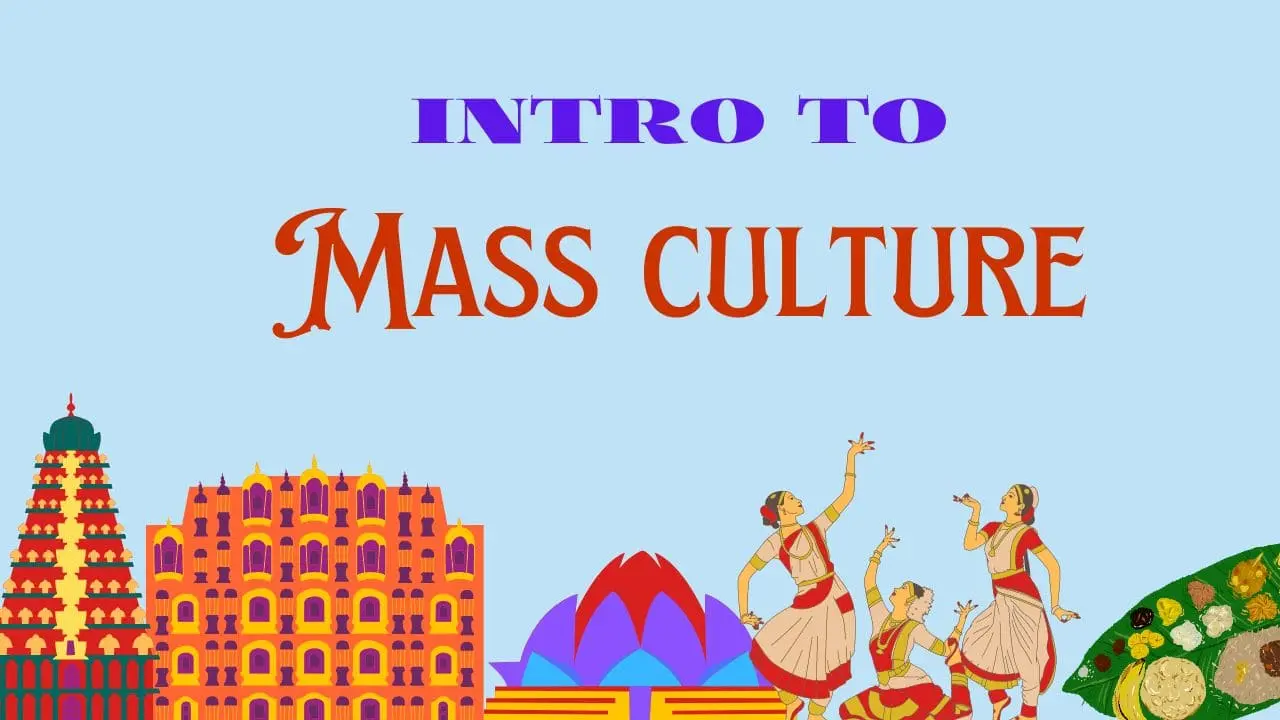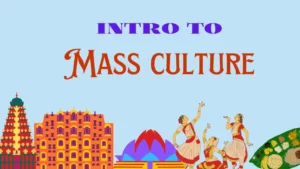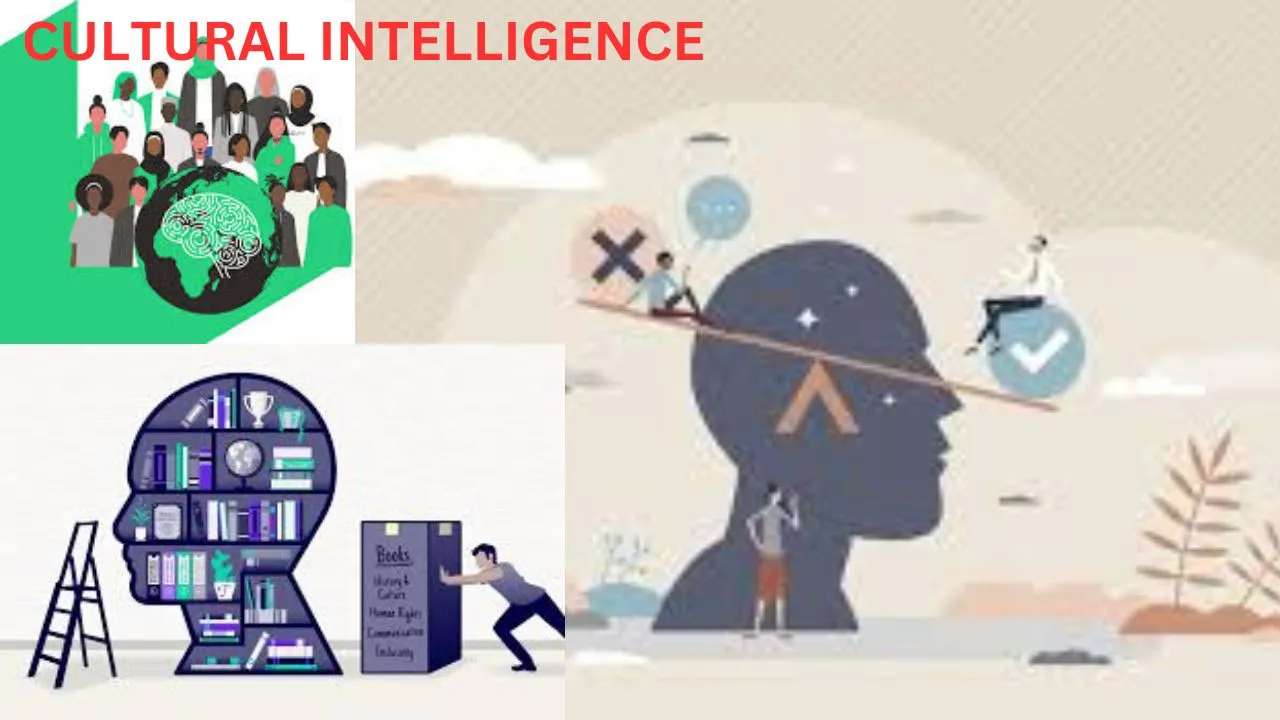
Mass culture
Admin
- 0
Mass culture refers to the widespread dissemination and consumption of cultural goods and practices within a society. It is characterized by its accessibility and appeal to a large audience, often targeting the mainstream population. As technology advanced and mass media platforms like radio, television, and the internet emerged, mass culture became increasingly prevalent in societies worldwide.
Mass culture of microorganism
Microorganisms, such as bacteria and fungi, can also be subjected to mass culture techniques for various purposes. Mass culture of microorganisms involves growing them in large quantities under controlled conditions, like in bioreactors, for industrial applications like biotechnology, pharmaceuticals, and food production. This enables scientists and industries to harness the benefits of microorganisms on a large scale.
One fascinating aspect of mass culture of microorganisms is the use of genetically modified strains to enhance their productivity and efficiency in producing desired compounds. Genetic engineering techniques have revolutionized the field by allowing scientists to manipulate the genetic makeup of microorganisms to optimize their performance in industrial settings. This has led to the development of specialized strains that can produce valuable enzymes, antibiotics, and biofuels at a much higher rate than their wild counterparts.
Furthermore, the optimization of growth media and environmental conditions plays a crucial role in the success of mass culture techniques. Scientists meticulously design nutrient-rich media tailored to the specific requirements of the microorganism being cultured, ensuring optimal growth and productivity. Factors such as temperature, pH levels, oxygen availability, and agitation speed in the bioreactor are fine-tuned to create the perfect conditions for the microorganisms to thrive and carry out their intended functions effectively.
Mass culture definition and history
The term “mass culture” was first coined in the early 20th century to describe the growing influence of popular culture on society. It referred to a shift from traditional, elite forms of culture to more accessible and commercialized forms. Mass culture emerged alongside the rise of mass media, which allowed for the mass production and distribution of cultural products like books, films, and music.
During the early 20th century, the advent of technologies like the radio and cinema played a significant role in disseminating mass culture. Radio broadcasts allowed for the mass distribution of music, news, and entertainment, while cinema provided a platform for movies to reach a wide audience. These mediums transformed the way people consumed culture, making it more accessible and widespread than ever before.
As mass culture continued to evolve, the introduction of television in the mid-20th century further revolutionized the entertainment industry. Television became a staple in households across the world, offering a diverse range of programming that catered to various interests and demographics. This new form of media not only shaped popular culture but also influenced societal norms and values.
The digital age of the 21st century brought about another shift in mass culture with the widespread adoption of the internet and social media platforms. These digital technologies allowed for instant access to a vast array of cultural content, enabling individuals to participate in and contribute to the creation of mass culture. The democratization of content production and distribution has blurred the lines between creators and consumers, empowering individuals to shape the cultural landscape in unprecedented ways.
Mass culture in the 1920s
The 1920s witnessed a booming era in mass culture, particularly in the United States. This decade, often referred to as the Roaring Twenties, was a time of unprecedented economic growth and social change. The development of mass media, such as radio and cinema, played a pivotal role in shaping the cultural landscape of the 1920s.
During this time, popular culture icons like Charlie Chaplin and Louis Armstrong emerged, captivating audiences with their talent and creativity. Jazz music, which became a symbol of the period, gained widespread popularity, igniting a cultural revolution and breaking down racial barriers through its cross-cultural influences.
The 1920s also marked the rise of the Harlem Renaissance, a cultural movement that celebrated African American art, music, and literature. Artists like Langston Hughes and Zora Neale Hurston emerged as prominent figures, contributing to a rich tapestry of creativity and expression. The Harlem Renaissance not only showcased the talents of African American artists but also challenged prevailing racial stereotypes and prejudices, paving the way for greater inclusivity and diversity in the cultural landscape.
Mass culture vs popular cultures
While mass culture and popular culture may seem similar, there are distinct differences between them. Mass culture refers to the dominant cultural expressions that permeate society, often through mass media. It represents the mainstream tastes and preferences of a broad audience.
On the other hand, popular culture pertains to the cultural expressions that are embraced by a particular group or subculture within society. Popular cultures can exist alongside mass culture, catering to niche interests and subgroups. These can include elements like underground music scenes, alternative fashion trends, and unique artistic movements.
Mass culture is often associated with the homogenization of cultural products, where a few dominant narratives or styles dominate the mainstream media landscape. This can lead to the standardization of cultural expressions and the marginalization of more diverse or unconventional forms of creativity. In contrast, popular cultures thrive on diversity and individuality, celebrating the unique perspectives and creative outputs of different communities.
One interesting aspect of popular cultures is their ability to challenge and subvert the norms and conventions established by mass culture. Subcultures often emerge as a response to the perceived limitations of mainstream cultural representations, offering alternative viewpoints and pushing boundaries in terms of artistic expression and social commentary. These subversive elements play a crucial role in shaping the ever-evolving landscape of popular culture, injecting new ideas and perspectives into the cultural discourse.
Cultural Appropriation in Mass Culture
One of the controversies surrounding mass culture is the issue of cultural appropriation. Cultural appropriation refers to the adoption, borrowing, or imitation of elements from another culture, often by dominant cultures. In the context of mass culture, this can manifest in the commercialization and exploitation of cultural symbols, rituals, and traditions of marginalized communities.
While cultural exchange can foster understanding and appreciation, cultural appropriation becomes problematic when it perpetuates stereotypes, commodifies sacred elements, and erases the historical and cultural significance of certain practices. It highlights the need for ethical considerations and respectful engagements when engaging with cultural elements within the realm of mass culture.
Future Trends in Mass Culture
Looking ahead, the future of mass culture appears to be intertwined with advancements in technology and the continued evolution of mass media platforms. The rise of social media, streaming services, and online content creation has democratized cultural production and consumption, allowing individuals and communities to actively participate in shaping mass culture.
Additionally, the increasing diversification and globalization of societies will influence mass culture. With the growing recognition and celebration of diverse voices and experiences, it is likely that mass culture will become more inclusive and representative of different cultures, identities, and perspectives. This shift will contribute to a more dynamic and engaging mass culture landscape.

What is mass culture in the United States?
The United States, being a culturally diverse nation, has a vibrant mass culture that reflects its pluralistic society. From Hollywood blockbusters and popular music genres to sports events and fashion trends, mass culture in the United States encompasses a wide range of cultural expressions that resonate with both domestic and international audiences. It serves as a platform for creative expression, entertainment, and social commentary.
What is culture in mass media?
Culture in mass media refers to the representation and dissemination of cultural practices, values, and ideologies through various mass media channels. Mass media platforms like television, film, music, and the internet shape and influence cultural norms and identities by showcasing different perspectives, customs, and traditions.
Mass media plays a crucial role in constructing and reinforcing cultural narratives and representations. It has the power to shape public opinion, influence societal behaviors, and facilitate the exchange and consumption of cultural products on a massive scale.
What is the role of mass culture?
The role of mass culture extends beyond mere entertainment and consumption. It serves as a mirror reflecting societal values, aspirations, and collective desires. Mass culture acts as a catalyst for social change and acts as a medium through which individuals engage with and make sense of the world around them.
Mass culture also plays a significant role in shaping identities and constructing shared experiences. By engaging with mass cultural products, individuals form connections, build communities, and create a sense of belonging within the larger society.
What is the relationship between mass media and mass culture?
The relationship between mass media and mass culture is symbiotic. Mass media platforms serve as the primary vehicle through which mass culture is produced, distributed, and consumed. Mass media channels enable mass cultural products to reach a wide audience, transcending geographical and cultural boundaries.
Simultaneously, mass culture influences and shapes the content produced by mass media. Society’s tastes, preferences, and demands influence the types of cultural products that are created and promoted through mass media channels. This interplay between mass media and mass culture ultimately reinforces and perpetuates cultural norms, values, and identities.
Conclusion
In conclusion, mass culture serves as a powerful force within societies, shaping individuals’ perspectives, values, and identities on a massive scale. It encompasses a wide range of cultural expressions and practices that resonate with diverse audiences.
As technology continues to advance and societies become increasingly interconnected, mass culture will undoubtedly continue to evolve, adapting to the changing needs and desires of individuals. Understanding the complexities and implications of mass culture is vital in fostering a more inclusive, representative, and responsible cultural landscape for future generations.

